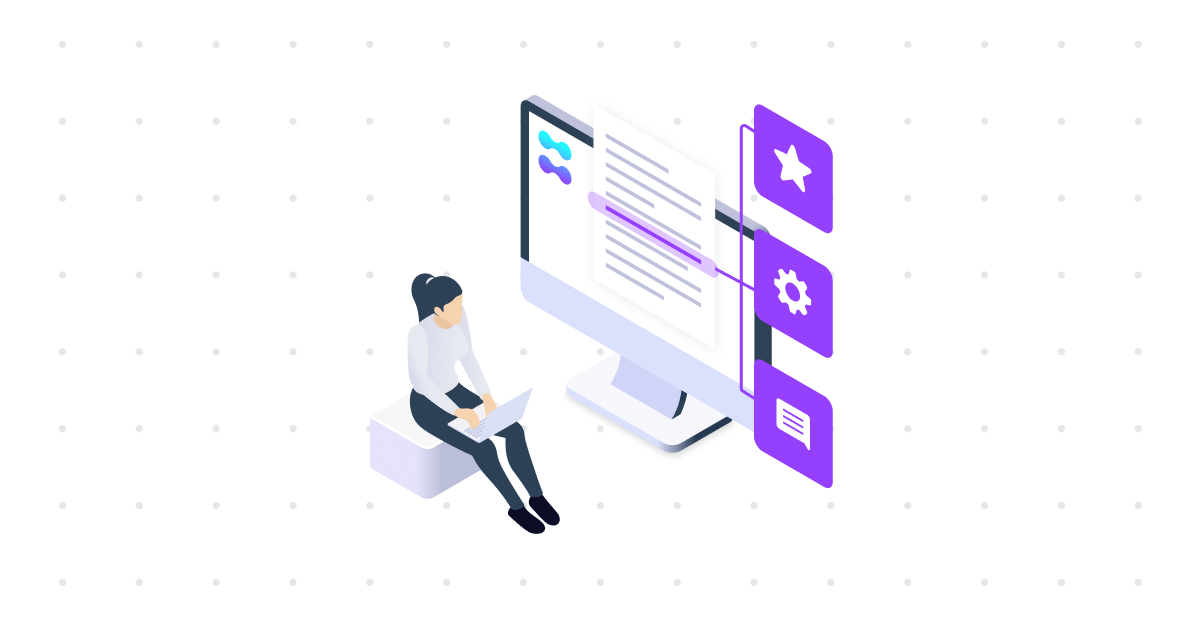The way to make your master data FAIR
- Insight
According to the FAIR principles, data should be as Findable, Accessible, Interoperable, and Reusable as possible. These principles were created because data is becoming more complex and produced faster, and we are becoming increasingly dependent on it. And perhaps most importantly, organizations need agreements and protocols to collaborate through data exchange. But the big question is: how should I organize FAIR Master Data?
1. How should I make my master data FAIR?
By publishing master data over the Internet, it is findable by a broad audience and accessible according to open Internet protocols, which is in line with the FAIR principles for data. Using existing mechanisms of the Web is an essential catalyst for this. With these, you can make data available for the browser or in another application and describe the data and data structure intelligently. It thus becomes easier for users to find, search and apply enterprise content.
2. What is the best way to share my master data?
Anyone can publish information on the Internet. In fact, Internet protocols are openly accessible. However, they are often technical. For that reason, it is convenient to use a software application that helps to link data correctly and then share it, just as web pages can be linked together. The software application can then apply the necessary technical knowledge without the user needing that knowledge. This way, you can publish data at the touch of a button and then communicate with your audience.
3. Why should I use Laces to share my master data?
Laces is ‘The First Linked Data Platform To Manage Your Data Ecosystem’. We have apps that efficiently capture specific information and make data intelligent and reusable for others. Our user-friendly apps are great for both IT departments and domain experts. You can share your master data through our Laces Linked Data Platform with everyone you want in an Open Standard.
Curious about the Laces-solutions? Schedule a free demo with one of our experts. It will take about 45 minutes, no strings attached.
Extracting Specifications from Documents: Manual vs. NLP-Based Extraction
Extracting, interpreting, and applying specifications from technical documents, like standards, contracts, or regulations, is often a necessary but painstaking part of project or product management. Traditionally, this has been done manually, but recent advances in Natural Language Processing (NLP) have opened up new, intelligent alternatives. In this blog, we’ll explore the differences between manual and […]
ReadWhat is the difference between Ontologies and Object Type Libraries (OTLs)
In today’s data-rich environments, organizations face growing pressure to improve their information management and data exchange. Two essential concepts that support this are Ontologies and Object Type Libraries (OTLs). Both are foundational to structuring and standardizing data. While they have different emphases, they are not opposites. Instead, they often work hand-in-hand. Understanding their roles and […]
ReadWhat’s Inside an Object Type Library? Understanding OTL Contents and Scope
When you first hear the term Object Type Library (OTL), it might sound like a technical catalog or something buried deep in the domain of data specialists. But a well-defined OTL can make life easier for everyone who works with data, especially those designing, building, or maintaining complex systems. From engineers and asset managers to […]
Read


